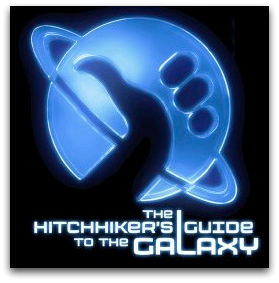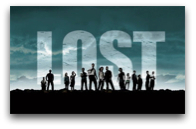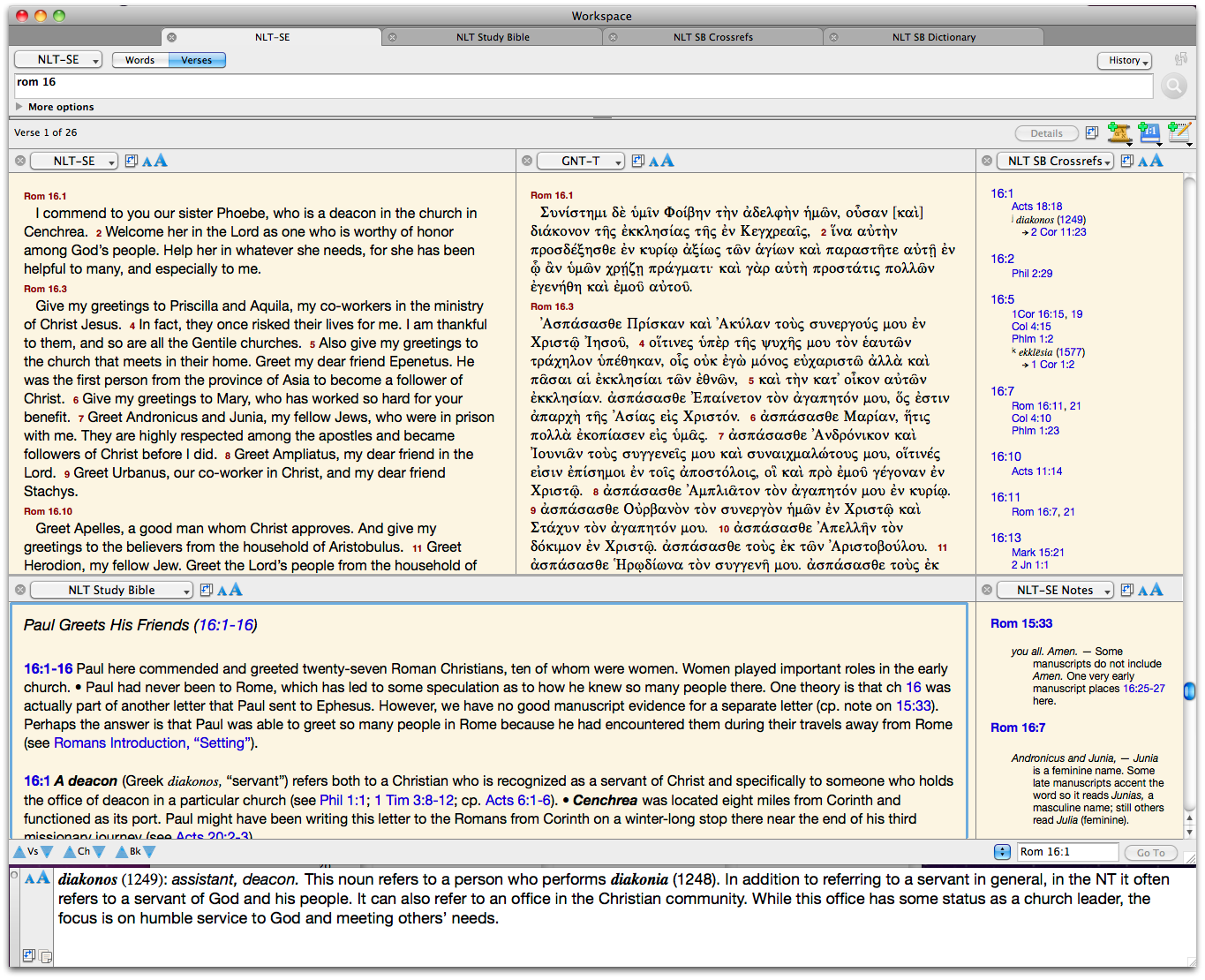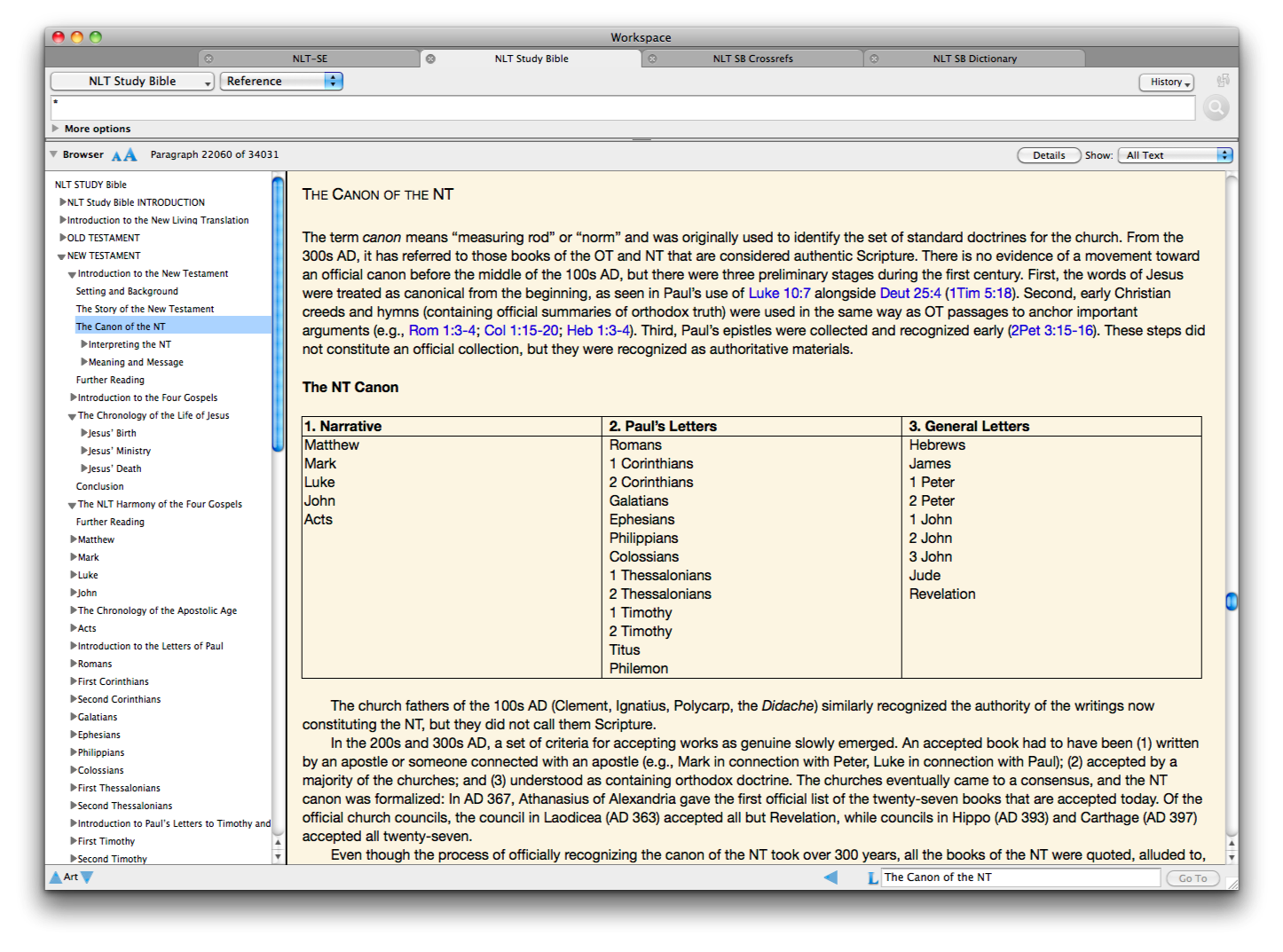 I received my copy of the brand new 2010 HCSB Minister's Bible a couple of days ago from Amazon (I'd had it on pre-order since January of this year).
I received my copy of the brand new 2010 HCSB Minister's Bible a couple of days ago from Amazon (I'd had it on pre-order since January of this year).
My previous copy of the HCSB Minister's Bible (2005) has been my most used Bible in the last five years for public teaching. I've even used the contemporary wedding ceremony in the ministerial helps section twice in wedding ceremonies I performed. I've also used this Bible for a couple of funerals I've led, although I didn't use the funeral messages provided in the back.
The original HCSB Minister's Bible wasn't perfect, but it was the best wide margin Bible available in the handful of translations I'm willing to use publicly. And the more I used it, the more I liked the HCSB. Again, the original edition wasn't without its flaws, but overall, I thought very positively toward this Bible as detailed in my original review back in 2007.
My chief complaint about the original edition (I was not the only one complaining) related to the very thin pages that often tended to curl after writing in the margins. Although I haven't written in this Bible yet (that will change before Sunday), I can report that the new HMB is indeed thicker than my original edition but contains essentially the same number of page (1806 for the original edition and 1824 for the new edition). But there's more to the difference in thickness than I originally thought. I learned just today that my original 2005 copy of the HMB had thinner paper than the later printings of the same edition. The 2010 HMB takes advantage of that same thicker paper in the later print runs.
 Original HCSB Minister's Bible shown on top of 2010 edition. The new edition uses thicker paper than first and second run printings. Click to see larger image.Not only does the 2010 HMB have better paper, it has slightly wider margins for taking notes—always a welcome addition. Slightly is the keyword here. I am certain that these are officially considered one-inch margins in both editions. But when applying a standard ruler to the margins, I find that the 2005 edition is slightly less than one inch, while the 2010 edition is slightly more than one inch. The difference is only about a two to three milimeters. No doubt print runs could affect such small degrees of change, too. Nevertheless, I welcome even a little bit of extra space.
Original HCSB Minister's Bible shown on top of 2010 edition. The new edition uses thicker paper than first and second run printings. Click to see larger image.Not only does the 2010 HMB have better paper, it has slightly wider margins for taking notes—always a welcome addition. Slightly is the keyword here. I am certain that these are officially considered one-inch margins in both editions. But when applying a standard ruler to the margins, I find that the 2005 edition is slightly less than one inch, while the 2010 edition is slightly more than one inch. The difference is only about a two to three milimeters. No doubt print runs could affect such small degrees of change, too. Nevertheless, I welcome even a little bit of extra space.
 Slightly wider margins (in my measurements): 2010 edition on top.
Slightly wider margins (in my measurements): 2010 edition on top.
When comparing the two editions, the text of the 2010 HMB has print that is much easier to read as well as subject headings that are slightly more bold than the original edition.
Of course, those of us who appreciate the HCSB had been waiting for was the updated 2009 biblical text most of all. The publishers are not calling this a second edition HCSB text, but from my examination of it—comparatively speaking—changes seem to be more extensive than the 2007 ESV text was to its original edition, but less so than the 2004 second edition NLT to the 1996 text. It's fair enough to say that there are at least minor improvements to the HCSB translation on every page and many major changes as well. I posted a preliminary survey of the changes to the text a few months ago, and I hope to write more on this in the future.
 Note 2010 copyright for the HCSB Minister's Bible and 2009 copyright for the HCSB text.I continue to prefer the HCSB over other very good English translations due to its translational precision and willingness to break from tradition for the sake of accuracy (i.e. John 3:16). The 2009 text has not only made stylistic improvements, but it has also fixed odd translations such as in Eph 2:2 and the use of deluge in the original edition's passages of the flood story.
Note 2010 copyright for the HCSB Minister's Bible and 2009 copyright for the HCSB text.I continue to prefer the HCSB over other very good English translations due to its translational precision and willingness to break from tradition for the sake of accuracy (i.e. John 3:16). The 2009 text has not only made stylistic improvements, but it has also fixed odd translations such as in Eph 2:2 and the use of deluge in the original edition's passages of the flood story.
 In spite of my praise of the updated translation, there are some passages I wish were rendered differently. For example, in contexts where Paul is clearly addressing men and women, I would prefer the HCSB render ἀδελφοί as "brothers and sisters" (or at least acknowledge such in a footnote as the ESV does). And I'm not wild about the masculine universal man in Gen 1:26 having seen firsthand it's potential to cause misunderstanding of the text among those who don't understand the generic use of the word. However, the benefits of the HCSB elsewhere are so great that I'm willing to use and even adapt the translation on the fly when I need to. And I believe I've earned this privilege when I've taken the time to study a passage in the original languages beforehand in my preparation for teaching it.
In spite of my praise of the updated translation, there are some passages I wish were rendered differently. For example, in contexts where Paul is clearly addressing men and women, I would prefer the HCSB render ἀδελφοί as "brothers and sisters" (or at least acknowledge such in a footnote as the ESV does). And I'm not wild about the masculine universal man in Gen 1:26 having seen firsthand it's potential to cause misunderstanding of the text among those who don't understand the generic use of the word. However, the benefits of the HCSB elsewhere are so great that I'm willing to use and even adapt the translation on the fly when I need to. And I believe I've earned this privilege when I've taken the time to study a passage in the original languages beforehand in my preparation for teaching it.
In my review of the original edition, I mentioned my hope that the publishers might consider moving the ministerial helps to the center of the Bible. When performing a wedding with this Bible in a more traditional, nearly one-hour service a couple of years ago, the lopsidedness of keeping it open to the back grew awkwardly heavy in my hands after a while. Unfortunately, this very helpful section of materials remain in the same place.
All of the ministerial helps that I listed in my original review remain in the 2010 edition. A new article has been added: "Eight Traits of Effective Church Leaders" by Thom Rainer. The concordance in the back has been updated to reflect the 2009 text; the full-color maps are the same.
The bonded leather cover of the original HMB was good quality for what it was, but many of us had requested a nicer cover. A couple of years ago, Lifeway released a "Limited Edition" HMB that included a handcrafted cowhide cover (see my pictures of this edition here), but to my knowledge, these were never sold in stores.
The 2010 HMB comes in two bindings: a genuine cowhide leather that looks identical to the limited edition cover and an edition with imitation leather
that looks identical to the limited edition cover and an edition with imitation leather . My copy, as can be seen in the pictures on this post, is the nicer cowhide edition. However, although I have not seen the imitation leather binding, I'm told that it is of very high quality polyurethane which has become a popular alternative to real leather in recent years. From what I understand, the imitation leather is actually more supple than the genuine cowhide and has the potential to outlast real leather. Surely, for the more budget-minded, the imitation leather will be a perfectly suitable choice, and most seeing it will probably believe it's actually leather.
. My copy, as can be seen in the pictures on this post, is the nicer cowhide edition. However, although I have not seen the imitation leather binding, I'm told that it is of very high quality polyurethane which has become a popular alternative to real leather in recent years. From what I understand, the imitation leather is actually more supple than the genuine cowhide and has the potential to outlast real leather. Surely, for the more budget-minded, the imitation leather will be a perfectly suitable choice, and most seeing it will probably believe it's actually leather.

This post isn't just another review for me. Beginning this Sunday, I am adopting the 2010 HCBS Minister's Bible as my primary teaching Bible. It's a bit sad to retire my previous edition, especially since it was the first Bible that I adopted when I stopped using the NASB for public use after nearly two decades. I've got quite a few notes in the margins of the previous edition, but I don't know that I will transfer them (unless I just transfer them to Accordance and BibleReader). There's something nice about starting fresh with a wide-margin Bible. In spite of the ability to make more extensive biblical notes electronically, I still enjoy using pen on paper making a minimalist set of "reminders" in the margin for when I teach the Bible.
Since the HCSB has now received it's post-initial release textual update, I'm under the assumption that the text will be fairly "set" for a while. With that and the improvements in the new HCSB Minister's Bible, I anticipate using this as a primary English Bible for at least a decade or more.
<br />
 Wednesday, July 14, 2010 at 12:33PM
Wednesday, July 14, 2010 at 12:33PM  Amazon in
Amazon in  Miscellaneous
Miscellaneous 
















